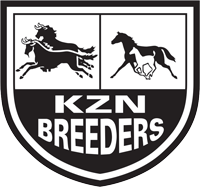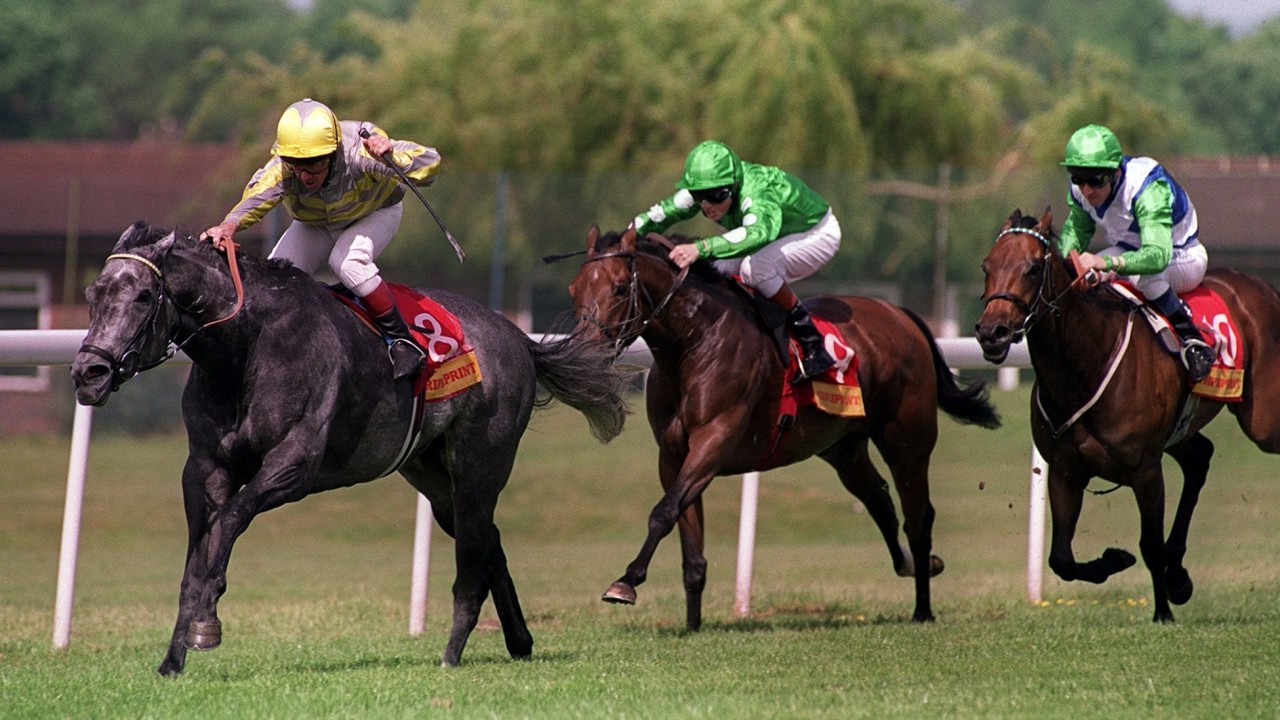Start Your Foal Out Right To Help Avoid Bone And Tendon Problems Later In Life.
| Start Your Foal Out Right To Help Avoid Bone And Tendon Problems Later In Life. 07 November, 2011 – Dr Rensia Möller |
Part 1
Your foal is growing rapidly at his dam’s side, and by outward appearance he is healthy and content. But it is important to ensure that he is receiving the correct levels of nutrients and that he doesn’t grow too fast. Establishing an appropriate feeding program for foals can be difficult. Scientists have done a wonderful job in determining the necessary nutrients for an appropriate rate of growth, but not all youngsters are created equal. Variants that influence growth rates, just to list a few important factors, are: foal metabolic rates vary, circumstances due to geography and weather conditions vary, genetics vary, milk quality varies from mare to mare, exercise varies, the quality of hays or pasture grass varies.
The challenge for foal owners and breeders is to establish a feeding program tailored to the needs of the individual or group (in SA group feeding is the norm). Close observation of the youngster’s ongoing development is highly important in determining whether growth goals are being accomplished without causing bone and tendon structure problems. This can get somewhat complicated when managing a group of foals, but it is highly important.
The critical period for young horses’ growth is from birth to 18 months, because this is when they achieve 90% of mature height and almost that percentage of mature weight.
During this period of rapid growth and development the stage is being set for the young horse’s athletic future. An appropriate feeding program can result in a horse that is sound in muscle and bone and is ready for a vigorous life as an equine athlete. An inappropriate feeding approach can result in the development of orthopaedic problems that can worry the horse throughout his life. Problems of this type quite often result from overfeeding the weanling.
One reason some owners or managers feed foals diets that are overloaded with nutrients is economic in nature. Most often the yearlings at sales achieving the highest prices are the tall, stocky, mature-looking animals that are unfortunately a product of a rapid growth rate.
There are four growth rates that are commonly referred to by nutritionists. They are slow, moderate, optimal, and fast. It is important for a horse breeder to decide early in the foal’s life which of these rates is best for each animal:
1) A slow growth rate borders on malnutrition and is referred to as “stunting” growth. Unless severe medical conditions exist that demand the horse’s body weight be minimized, a slow rate of growth should not be pursued.
2) A moderate growth rate is acceptable for most performance horse prospects, such as show jumpers, eventers, dressage horses, etc. These horses are not pushed hard during their yearling and 2-year-old stages as racehorse prospects are.
3) Optimal growth rate is the ideal rate of growth for 80-90% of all Thoroughbred horses. Growth is pushed somewhat, but not to the extent that growth-related bone problems increase significantly.
4) A fast growth rate is achieved by applying feeding practices that should not be employed for most growing horses. Usually a fast rate of growth involves protein intake in excess of 16% and high starch rations, resulting in daily gains exceeding 1.2 kilograms.
One of the tools that can be used to determine whether a feeding program is on track is a body scoring system, which involves numerical ratings from 1 through 5. A horse rated 1 on the scale is emaciated and one rated 5 is obese. Most nutritionists recommend that young, growing horses should range between 3 and 4, where:
Rating of 3:
The animal is moderately thin, but his neck is not obviously thin; his withers are not obviously thin; his shoulder is not obviously thin; a faint outline of the ribs is discernible; there’s a negative crease (peaked appearance) along the back; the tail head prominence depends on conformation; and fat can be felt. Hook bones (the projecting points of the hip bones) are not discernible.
Rating of 3.5:
General condition is moderate (ideal weight). The horse’s neck blends smoothly into the body; his withers are rounded over the spinous processes; his shoulder blends smoothly into the body; the ribs cannot be visually distinguished, but can be easily felt; the back is level; and the fat around the tail head is beginning to feel soft.
Rating of 4:
The horse is moderately fleshy, with fat beginning to be deposited on neck, withers, and shoulder; the fat over the ribs feels spongy; and he might have a slight positive crease over the loins. The fat around the horse’s tail head feels soft. Growth should be consistent and sudden, large increases or any decreases should be avoided to prevent potential problems.
In Part II we have a look at creep feeding and weaning of foals.
Rensia Möller

 Dr Rensia Möller Dr Rensia MöllerEquine Veterinarian and International Nutritionist Dr Rensia Möller obtained her Agricultural Science before graduating cum laude for her BScAgric Honours in Equine Nutrition and Genetics. She obtained her Masters in Equine Exercise Physiology and Equine Nutrition at the Onderstepoort Veterinary Faculty before completing her Veterinary Science degree at Onderstepoort cum laude. She opened an equine veterinary and nutrition practice in 2002, as well as developing her own equine nutritional supplement brand in South Africa. She was appointed manager of Zabeel Feedmill in Dubai in 2006 where she custom designed professional performance equine feeds for various internationally acclaimed trainers including Mike de Kock, competing for the Dubai World Cup, with numerous race winners and success stories on these feeds. She also exclusively developed formulas for the world renowned Godolphin and Darley equine racing and breeding houses. She is currently on board the dynamic Epol team, doing part-time consultancies for Epol clients, and passionately formulating and upgrading their range e.g. the newly launched long awaited mueslis and the international add-on of the Mike de Kock racing range. She is also available for private client consultancies. |


